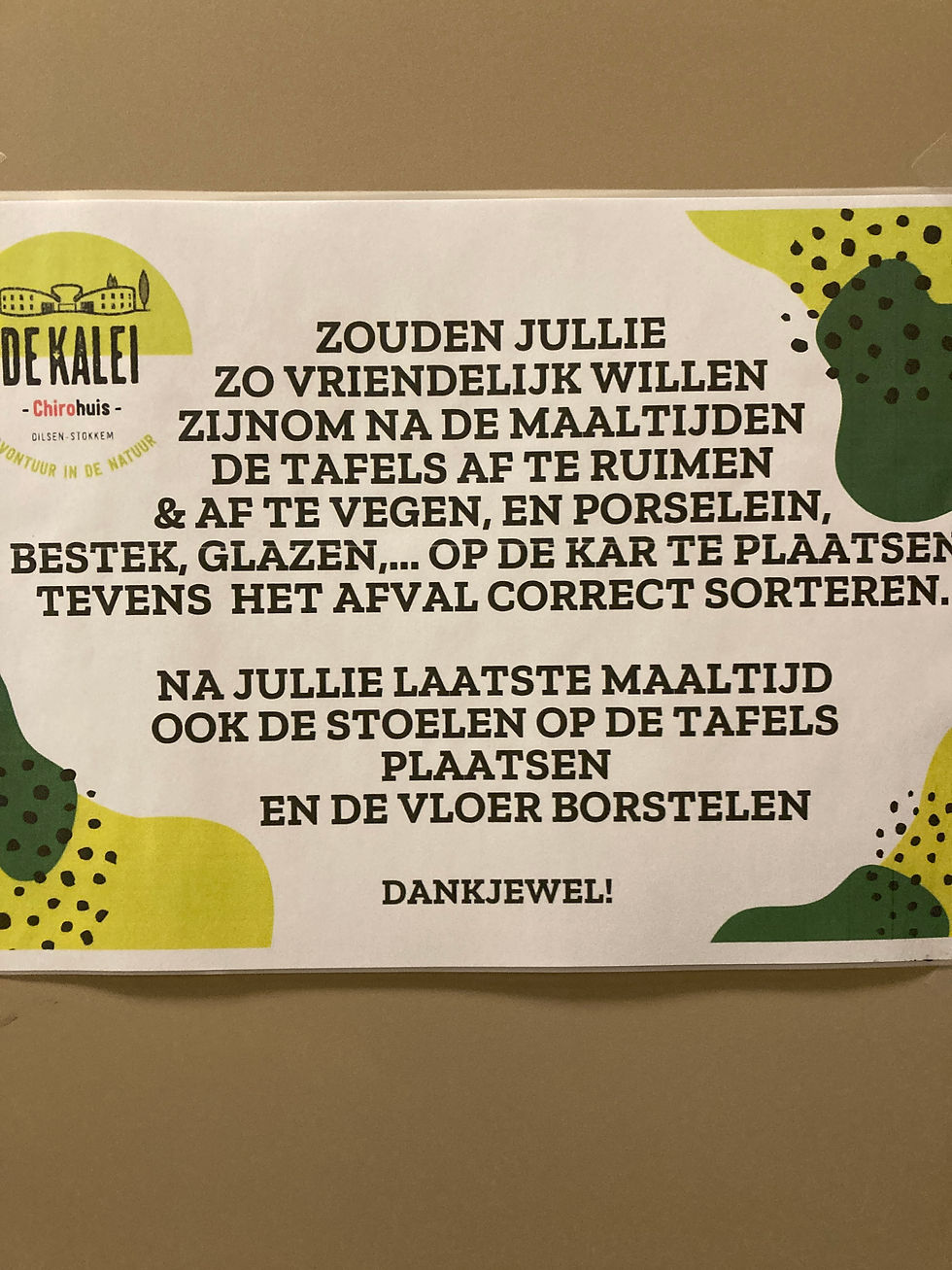Investigating death and decay on the schoolyard
- Julie Mountain

- Jul 6, 2018
- 3 min read
Updated: Mar 3, 2024
The story below is a beautiful example of how school grounds can serve as the teacher. In this scenario, the student is left to determine her own solution and formulate her own ideas and thoughts around death. Is reading this story I asked myself, why isn’t death something that is discussed in school? Maybe teachers are hesitant to bring it up? Maybe they assume that death, along with other complex social-emotional topics is more appropriate for outside of school? What works in this story is that it’s actually the soil (and presumably the micro and macro organisms that live in it) that does the teaching. This allows the teacher to guide the students as they struggle with finding the answer that they are looking for. Along the way, the students think like a scientist and moved through the process of discovery - from investigation to data collection to reflection. Thank you to Sue Humphries for sharing this very moving story - you are an inspiration!
Please reference the Social Emotional Well-Being section of the International School ground Month Activity Guide, which includes activities that center around empathy and collaboration. If you are interested in submitting a story like this about how you utilize your grounds for social-emotional or other types of learning, please submit your story here.
Sam Ullery ISGA Leadership Council Member School Garden Specialist, DC Office of the State Superintendent of Education's Division of Wellness and Nutrition
We often buried dead animals in the school garden. The children brought in cats, mice, hamsters and guinea pigs. The idea was to wrap them in a clean cloth, bury them in the soil and dig them up two seasons later, after soft tissue had decayed. The bones were cleaned in a solution of one part bleach, two parts water. After two hours, the bones were removed, and the system was repeated. The result of this killed off the bacteria. Then the children mounted or reassembled the bones.
Emma, age 7, brought in a stoat which had been killed by her neighbor’s cat. She buried it with her friends and I helped her wrap in an old bedsheet, we placed a stick marker on it. Two terms later, she went out to dig it up, but could not find the marker, even though she remembered where we had buried it. She meticulously dug over the plot, but she refused to believe that the corpse had gone. After an hour of digging, she went back to where she started and re-dug the plot. I told her that the bones had probably been discovered by an animal. She was adamant that she had not seen the ground disturbed and dug across the whole area again. During this time, the children had gone into school and I tried to persuade her to join her friends in the classroom. I didn’t want to upset her and kept suggesting that another animal had benefited from the bones. Whilst I admired her persistence, I recognized she was missing lessons and was now covered in dirt. By 11 o’clock, I had to intervene, I could not let this child continue to dig. I said “look, I really admire your efforts, but we are not going to find the bones”.
The only choice I had was to visit the butcher and inquire after an animal which had just been shot. The next week I arrived in school with a pheasant and convinced Emma that it was road kill. However, she resolutely refused to bury the pheasant in the same ground that we had buried the stoat. Despite her initial reluctance, we found a suitable place to bury the pheasant and six months later, we dug it up.
The point of the story is this; children should not first meet death at the loss of a loved one, instead they should meet death heuristically at arms-length. Death is a natural process and a condition of being born. In learning from animals who have died, we respect the lifespan of these animals and help eliminate some of the fear of death.
The story and photos above were contributed by Sue Humphries, co-founder of the Coombes School and a pioneer in what has become known as the Coombes Approach to integrating experiential and outdoor education into schools.










Comments